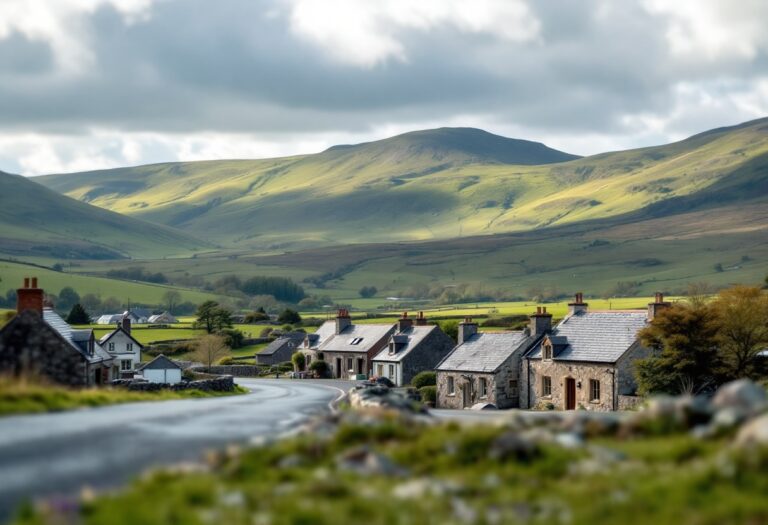A decade of the North Coast 500: Balancing tourism benefits and local challenges

Topics covered
Since its launch a decade ago, the North Coast 500 (NC500) has transformed into a renowned tourist route, attracting visitors from around the globe. Spanning 516 miles through the breathtaking Highlands, this scenic drive has significantly influenced local economies. However, the influx of tourists has also sparked a debate among residents about the route’s overall impact on their communities.
Economic benefits versus local concerns
Many local business owners express gratitude for the increased foot traffic brought by the NC500. For instance, Judith Fish, owner of the Applecross Inn, notes that the surge in visitors has been beneficial for local commerce.
“Tourism is good for the community,” she states, highlighting the economic boost that comes with a bustling summer season. However, this sentiment is not universally shared. Residents like Linda Hill, a local from Achnasheen, voice concerns about speeding tourists and the dangers they pose on narrow roads. “There’s a stretch on the road that has been advertised as one of the fastest stretches even though there is a 60mph limit,” she explains, emphasizing the need for better traffic management.
Mixed feelings among residents
Interviews with locals reveal a spectrum of opinions regarding the NC500. While some residents appreciate the economic opportunities it brings, others lament the negative consequences. Jane Fraser, a Beauly resident, describes the situation as “not very positive,” citing issues like overcrowded roads and the proliferation of short-term rentals that displace local families. “Airbnb is a nightmare,” she asserts, reflecting a common frustration among those who feel that tourism has compromised their quality of life.
Environmental and infrastructural challenges
Environmental concerns also arise from the increased traffic. Many locals report seeing litter and damage to natural landscapes, which they attribute to careless tourists. Mhairi Macdonald, a resident of Ullapool, states, “The campervans, they don’t go to campsites, they park in lay-bys, they leave rubbish everywhere.” This sentiment echoes throughout the region, as residents call for more sustainable tourism practices that respect the natural beauty of the Highlands.
Looking ahead: Sustainable tourism solutions
As the NC500 continues to attract visitors, discussions around sustainable tourism practices are becoming increasingly vital. Local leaders and residents alike are advocating for measures that balance economic growth with the preservation of their communities. Suggestions include improved infrastructure maintenance, stricter regulations on campervan parking, and initiatives to promote responsible tourism. “We should try encouraging longer stays,” suggests Eleanor White, an artist and local business owner, emphasizing the need for a more sustainable approach to tourism that benefits both visitors and residents.
In conclusion, the North Coast 500 has undeniably reshaped the landscape of tourism in Scotland’s Highlands. While it has brought economic benefits, it has also introduced challenges that require careful consideration and action from both local authorities and visitors. As the region navigates this complex relationship, the voices of residents will be crucial in shaping a sustainable future for the NC500.




